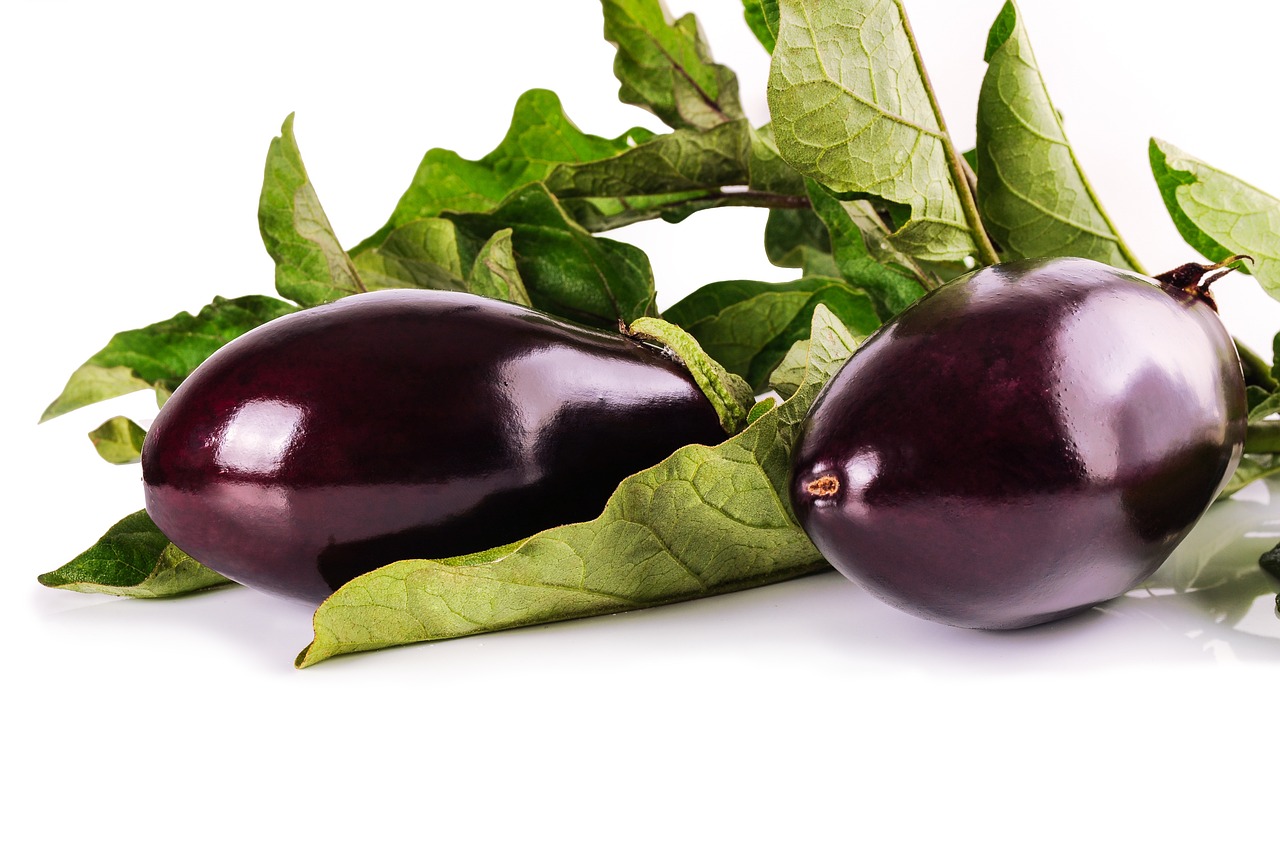Nutrition
The benefits and harms of English salt

English salt
Maybe the name English salt proposes that we are before another sort of table salt, however, the matter isn’t exact, as this kind is referred to by its logical name as magnesium sulfate.
See what are the advantages and damages of English salt?
* English salt advantages
Numerous elective medication experts consider English salt as one of the conceivable elective treatment strategies, and will in general have faith in its after benefits:
- Give the body magnesium
Magnesium is the fourth mineral as far as its accessibility and needs in the body, and it is engaged with more than 325 responses occurring in the body, which benefits the heart and sensory system.
Numerous individuals might experience the ill effects of magnesium insufficiency in the body, either because of an absence of it in their eating routine or because their bodies can’t ingest it appropriately.
In some cases that the body profits from magnesium when absorbing a shower of English salt more than when drinking it with water dosages.
There is no question that we can’t trifle with this investigation, however, it is an examination that needs more examination and managing a bigger example.
- Decrease pressure and advance rest
Magnesium helps the mind produce rest inciting synapses and diminishing pressure, as well as aiding the body produce the rest advancing chemical melatonin, so it could be a significant element for this.
Notwithstanding, albeit numerous who have attempted Epsom salt showers have lauded its job in advancing rest and aiding them to unwind, examination to date has not designated this substance and inspected the amount it truly works, so this impact might be because of magnesium yet may likewise be only a loosening up impact during the actual shower.
- Advance assimilation
Magnesium is regularly used to treat stomach-related issues like clogging, as it invigorates the appearance of water to the colon on account of its particles, which advances defecation.
Magnesium is regularly taken orally as magnesium citrate or magnesium hydroxide, and many take it using English salt, as the US Food and Drug Administration has recorded it among the accessible diuretics.
Grown-ups are normally educated to disintegrate 2-6 tablespoons concerning Epsom salt in 240 milliliters of water and drink it straightforwardly, and its purgative impact works inside 30 minutes to 6 hours.
- it is fundamental for exercisersIt
Suitable degrees of magnesium in the body assist it with devouring glucose and lactic corrosive, which works on the way toward taking care of the different cells in the body, along these lines utilizing it to fabricate muscles and not overburden them.
Magnesium insufficiency is more normal in competitors, so wellbeing specialists ordinarily prescribe magnesium enhancements to guarantee ideal levels.
Consequently, it is inferred that Epsom salt may uphold the body with magnesium levels, which focuses on the significance of investigating and affirming the hypothesis of magnesium assimilation from Epsom salt showers.
- Ofers tasteful advantages
Numerous solid stylish plans resort to recommending English salt as an exfoliator for the skin, where a few items appropriate for each skin are added to it and sold in magnificence habitats.
* English salt harm and incidental effects
The coarse surface of salt can assist with shedding the skin and opening its pores.
Truth be told, there have been no announced symptoms of utilizing Epsom salt remotely as showers or shedding the skin, however, individuals with delicate skin can foster a rash or contact dermatitis.
It might likewise open the consumer to certain things if he doesn’t utilize it appropriately, which are as per the following:
A huge portion of magnesium sulfate might have an over-the-top purgative impact, which is addressed by loose bowels and stomach issues, in these cases, it is important to keep up with drinking huge amounts of water.
Magnesium excess might cause more genuine conditions, like sickness, migraine, heart issues, trance-like state, loss of motion, and passing.
Examination and studies might have been out of line to one side of Epsom salt and didn’t adequately analyze its segments, however, the articulations and encounters of individuals since antiquated occasions until now, notwithstanding the way that the incidental effects are not many make it testable.
* Impediments of utilizing English salt
The accompanying gatherings ought to try not to take English salt orally because they might experience the ill effects of undesirable and risky incidental effects:
** pregnant ladies.
** Individuals with coronary illness.
** Individuals with kidney sickness.
** kids.
Food recipes
Eggplant Nutrition & Cooking

Nutritional benefits of eggplant and methods of preparation
Eggplant, also known as aubergine, is a versatile and nutritious vegetable that belongs to the nightshade family. It is rich in various vitamins, minerals, and antioxidants, making it a healthy addition to your diet. Here are some of the nutritional benefits of eggplant:
- Low in calories: Eggplant is a low-calorie vegetable, making it suitable for those trying to manage their weight.
- High in fiber: Fiber aids in digestion and helps maintain a healthy digestive system. Eggplant contains both soluble and insoluble fiber.
- Rich in antioxidants: Eggplants are a good source of antioxidants, such as nasunin, which help protect the body’s cells from damage caused by free radicals.
- Good source of vitamins: Eggplants contain vitamins such as vitamin C, vitamin K, vitamin B6, and thiamin.
- Mineral content: Eggplants provide important minerals like potassium, manganese, magnesium, and copper.
- Potential blood sugar regulation: Some studies suggest that eggplant may help improve blood sugar levels due to certain compounds found in the vegetable.
Now, let’s explore some methods of preparing eggplant:
- Baked Eggplant: Slice the eggplant into rounds or lengthwise strips, brush them with olive oil, season with salt and pepper, and bake in the oven until tender. This method is a healthier alternative to frying.
- Eggplant Parmesan: Bread slices of eggplant with breadcrumbs and parmesan cheese, then layer them with marinara sauce and mozzarella cheese. Bake until the cheese is melted and bubbly.
- Grilled Eggplant: Cut the eggplant into thick slices, brush them with olive oil, and grill them on a barbecue or stovetop grill pan until they have grill marks and are tender.
- Eggplant Stir-Fry: Cut the eggplant into small cubes and stir-fry with your favorite vegetables and protein source in a wok or skillet.
- Baba Ganoush: Roast or grill the eggplant until the skin is charred and the flesh is soft. Scoop out the flesh, and blend it with tahini, garlic, lemon juice, and salt to make a delicious Middle Eastern dip.
- Ratatouille: This is a traditional French vegetable stew that includes eggplant, tomatoes, zucchini, bell peppers, onions, and various herbs. It can be cooked on the stovetop or in the oven.

Remember to store eggplant in a cool, dry place, and use it within a few days to ensure freshness and retain its nutritional value.
Food recipes
Cooling Summer Juices

The most important juices that cool the human body in the summer and methods of preparation
During the summer, it’s important to stay hydrated and keep the body cool. Juices can be a refreshing way to achieve that. Here are some of the most important juices that can help cool the human body in the summer, along with methods of preparation:

- Watermelon Juice:
- Method: Cut a ripe watermelon into small pieces and remove the seeds. Blend the watermelon pieces in a blender until smooth. Strain the juice to remove any pulp or solids.
- Benefits: Watermelon is high in water content and helps in hydrating the body. It also contains electrolytes and vitamins, which can help in regulating body temperature.
- Cucumber and Mint Juice:
- Method: Peel and chop cucumber into pieces. Add the cucumber pieces and a handful of fresh mint leaves to a blender. Blend until smooth. Strain the mixture and collect the juice.
- Benefits: Cucumber has a high water content and can keep the body hydrated. Mint provides a cooling effect and aids digestion.
- Aloe Vera Juice:
- Method: Cut open an aloe vera leaf and scoop out the gel using a spoon. Blend the gel with water until smooth. Strain the mixture to obtain the juice.
- Benefits: Aloe vera juice has a cooling effect on the body and can help soothe inflammation and sunburn. It also aids digestion and promotes hydration.
- Lemonade:
- Method: Squeeze the juice of fresh lemons into a pitcher. Add water and sweeten with honey or sugar according to taste. Stir well to mix.
- Benefits: Lemonade is a classic summer drink that provides hydration and helps in cooling the body. Lemons are also rich in vitamin C, which can boost immunity.
- Coconut Water:
- Method: Crack open a fresh coconut and collect the water from the center using a straw or pour it into a glass.
- Benefits: Coconut water is a natural electrolyte-rich drink that helps in replenishing fluids and minerals in the body. It is hydrating and can help regulate body temperature.

Remember to use fresh and ripe fruits for juicing to ensure the best taste and nutritional benefits. Adjust the sweetness and water content according to your preference. Stay cool and hydrated during the summer!
Nutrition
Nutritional benefits of pumpkin and methods of preparation.

Nutritional benefits of pumpkin
Pumpkins offer a wide range of impressive health benefits due to their rich nutritional profile. Here are some key health benefits of pumpkins:
- Nutrient-rich: Pumpkins are packed with essential nutrients, including vitamins A, C, and E, potassium, magnesium, and dietary fiber. These nutrients support overall health and play important roles in various bodily functions.
- Eye health: Pumpkins are particularly known for their high vitamin A content, primarily in the form of beta-carotene. Beta-carotene is converted into vitamin A in the body, which is essential for good vision, particularly in low-light conditions. Consuming pumpkin can help promote eye health and reduce the risk of age-related macular degeneration.
- Heart health: The fiber, potassium, and vitamin C content in pumpkins contribute to heart health. Fiber helps reduce cholesterol levels, while potassium supports healthy blood pressure. Vitamin C acts as an antioxidant and helps protect the heart from oxidative stress.
- Immune system support: Pumpkins are a great source of vitamin C, which plays a crucial role in supporting the immune system. A strong immune system is important for fighting off infections and illnesses.
- Weight management: Pumpkins are low in calories and high in fiber, making them a great addition to a weight management plan. The fiber content promotes feelings of fullness, which can help curb appetite and reduce calorie intake.
- Digestive health: The high fiber content in pumpkins supports healthy digestion and can help prevent constipation. Additionally, the water content in pumpkins can contribute to overall hydration, which is important for maintaining a healthy digestive system.
- Skin health: The antioxidants, vitamins, and minerals found in pumpkins can help promote healthy skin. Vitamin C aids in collagen production, which contributes to skin elasticity and reduces the appearance of wrinkles. The beta-carotene in pumpkins can also help protect the skin from damage caused by the sun’s harmful UV rays.
- Mood and sleep regulation: Pumpkins contain the amino acid tryptophan, which is involved in the production of serotonin—a neurotransmitter that regulates mood and promotes good sleep. Consuming pumpkin may contribute to improved mood and sleep quality.
- Antioxidant properties: Pumpkins are rich in antioxidants, such as beta-carotene and vitamin C, which help protect the body against damage from free radicals. Antioxidants play a vital role in reducing the risk of chronic diseases, including certain types of cancer.
It’s important to note that these health benefits are based on consuming pumpkins as part of a balanced diet. Incorporating fresh or cooked pumpkin into your meals can be a delicious way to reap the benefits of this nutritious vegetable.

Pumpkin preparation methods
There are several popular methods for preparing pumpkins, depending on what you plan to make with them. Here are some common pumpkin preparation methods:
- Pumpkin Carving: Carving pumpkins is a popular activity during Halloween. To prepare a pumpkin for carving, start by cutting off the top of the pumpkin to create a lid. Scoop out the seeds and pulp from the inside, and then use carving tools to create your desired design on the outer shell. Be sure to handle sharp tools carefully.
- Pumpkin Puree: Pumpkin puree is a versatile ingredient used in various recipes such as pumpkin pie, soups, and baked goods. To make pumpkin puree, start by removing the stem and cutting the pumpkin in half. Scoop out the seeds and pulp from the center. Place the pumpkin halves, cut-side down, on a baking sheet lined with parchment paper. Bake them at 350°F (175°C) for about 45-60 minutes, or until the flesh is tender. Let the pumpkin cool, then scoop out the cooked flesh and blend it in a food processor or mash it with a fork until smooth.
- Roasted Pumpkin Seeds: Roasted pumpkin seeds make a delicious and nutritious snack. To prepare pumpkin seeds, scoop them out from the pumpkin, removing as much pulp as possible. Rinse the seeds under cold water to remove any remaining pulp. Pat them dry with a paper towel. Toss the seeds with a little bit of oil (such as olive oil) and your preferred seasonings, such as salt, garlic powder, or paprika. Spread the seeds in a single layer on a baking sheet and roast them at 325°F (160°C) for about 15-20 minutes, or until they are crispy and golden brown.
- Pumpkin Soup: Pumpkin soup is a comforting and flavorful dish. To prepare pumpkin soup, start by peeling and chopping the pumpkin into small cubes. In a large pot, sauté onions, garlic, and other desired vegetables in some butter or oil until they soften. Add the pumpkin cubes and enough vegetable or chicken broth to cover them. Simmer the mixture until the pumpkin is tender. Then, use an immersion blender or transfer the mixture to a blender to puree until smooth. Season the soup with salt, pepper, and other spices or herbs to taste.
- Baked Pumpkin Dishes: Pumpkins can be used in various baked dishes like pumpkin pie, bread, muffins, or cookies. To prepare these baked goods, you will typically need pumpkin puree as a base. Combine the pumpkin puree with other ingredients like flour, sugar, eggs, spices (such as cinnamon, nutmeg, and cloves), and baking powder/soda, according to your desired recipe. Mix the ingredients, pour the batter into the appropriate baking dish or muffin tins, and bake according to the recipe instructions.
Remember, when handling pumpkins, always be cautious of sharp tools and exercise caution to avoid injury. Enjoy your pumpkin preparations!
-

 Beauty4 years ago
Beauty4 years agoAll you need to know about the problem of excessive hair in women
-

 Nutrition4 years ago
Nutrition4 years agoBenefits of eating fruits daily
-

 Beauty3 years ago
Beauty3 years agoRecipes for hair lengthening – the fastest 8 recipes for hair lengthening and intensification
-

 Fitness4 years ago
Fitness4 years agoBack exercises and ways to apply them to get rid of problems
-

 Lifestyle4 years ago
Lifestyle4 years agoPromote a healthy lifestyle
-

 Beauty4 years ago
Beauty4 years agoBenefits of lavender – Here are more than 10 benefits of lavender for the body
-

 Business Services2 years ago
Business Services2 years agoOnline aeronautical engineering degree
-

 Beauty3 years ago
Beauty3 years agoBariatric Surgery in USA







